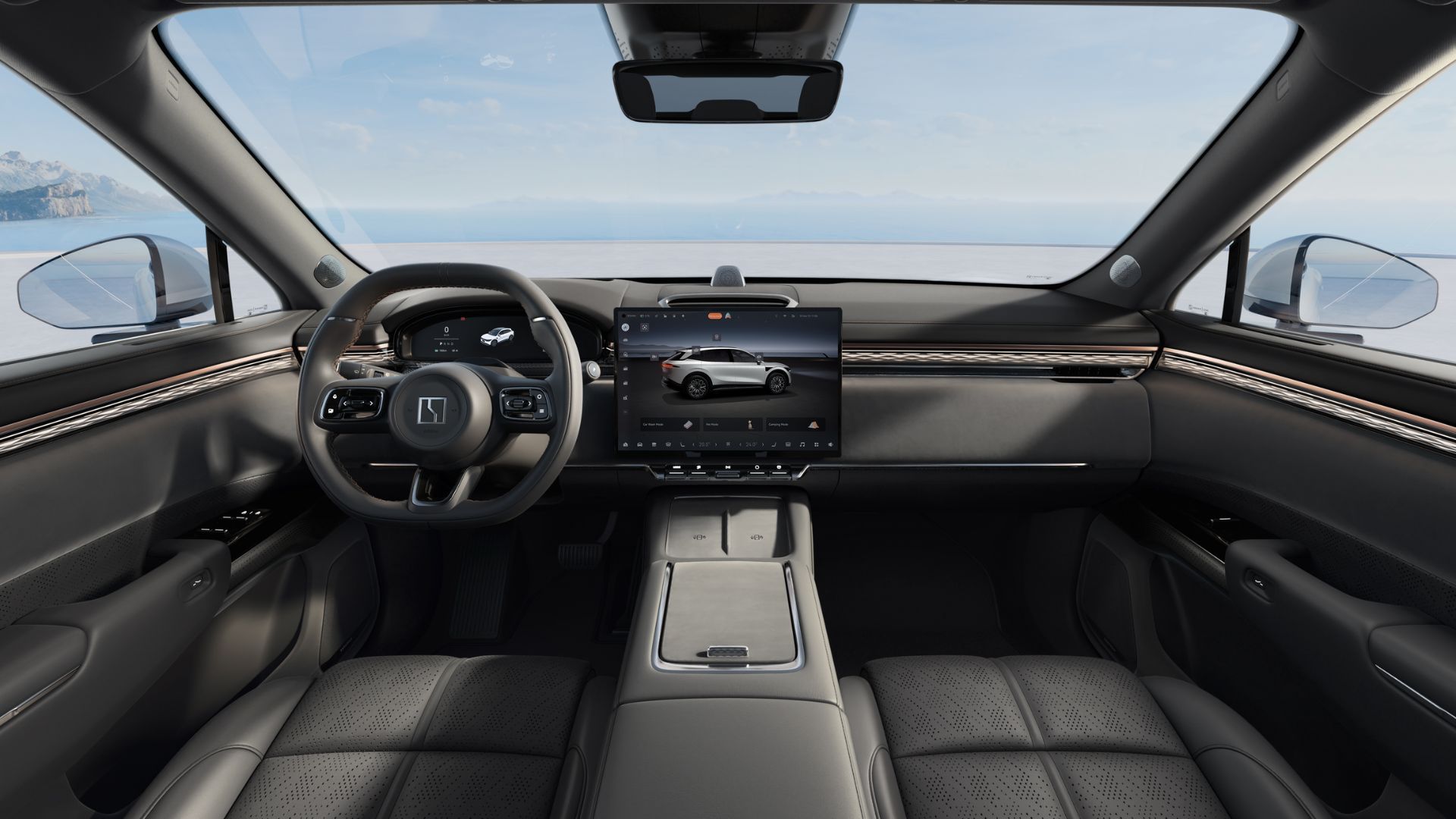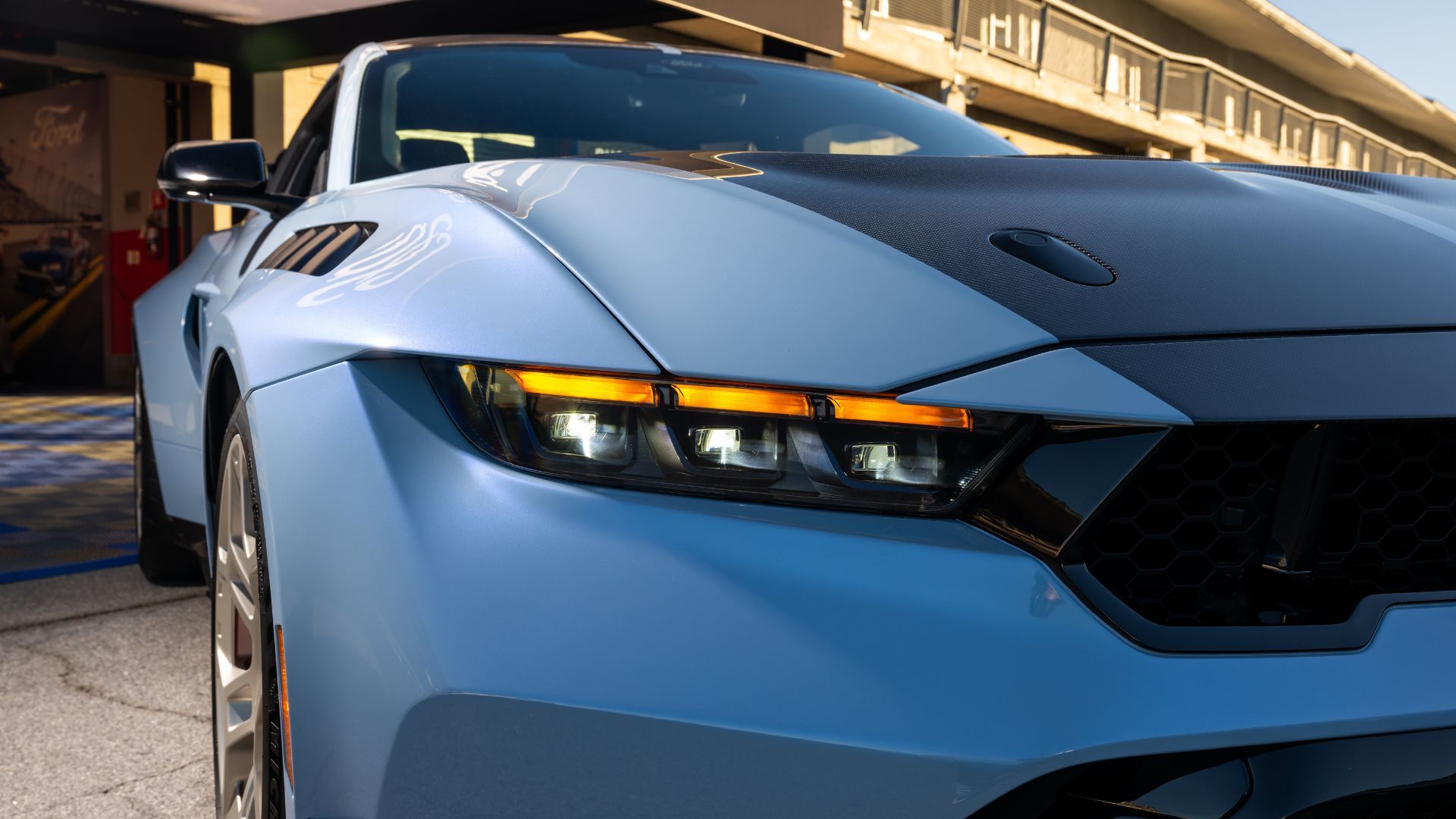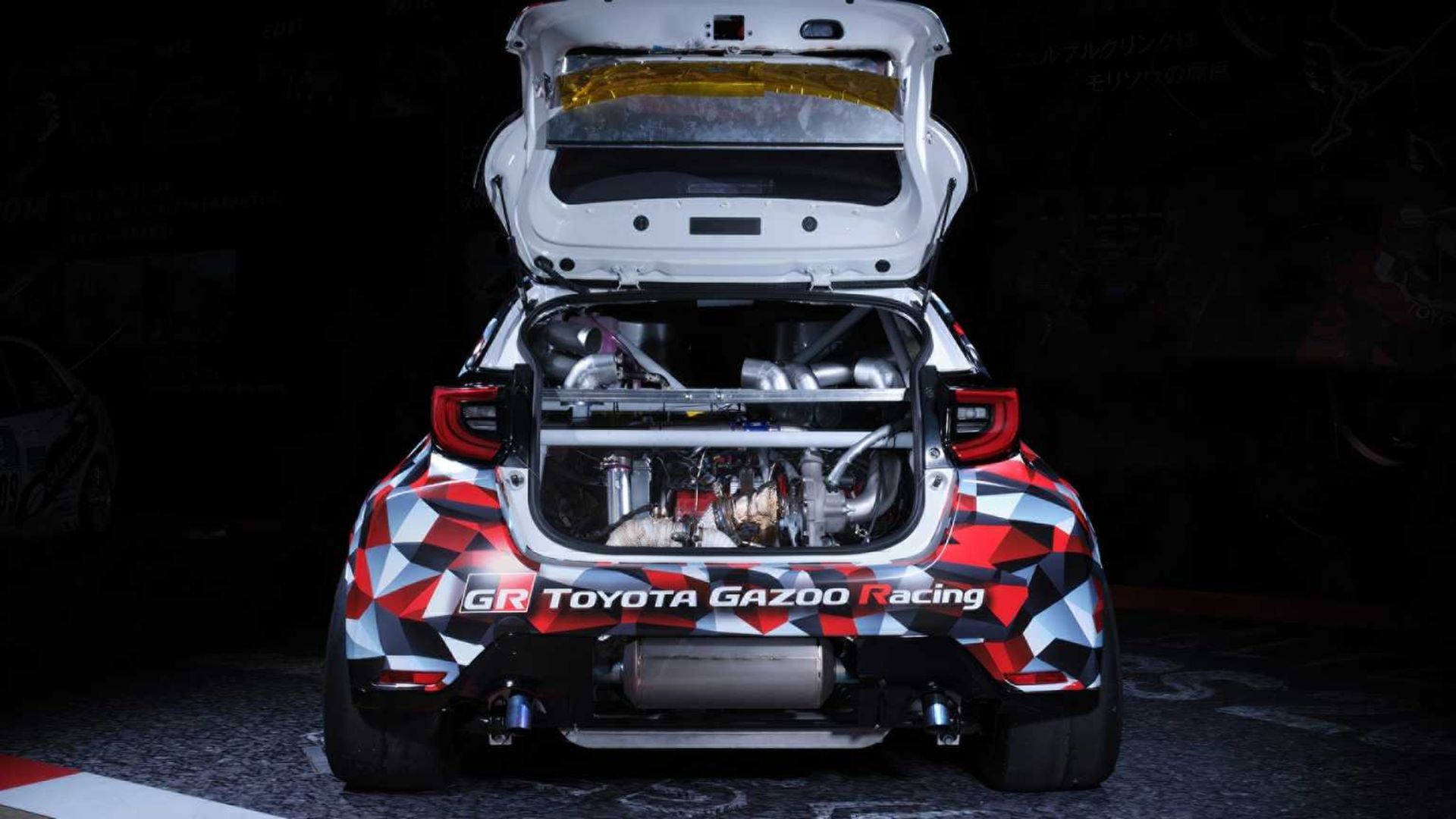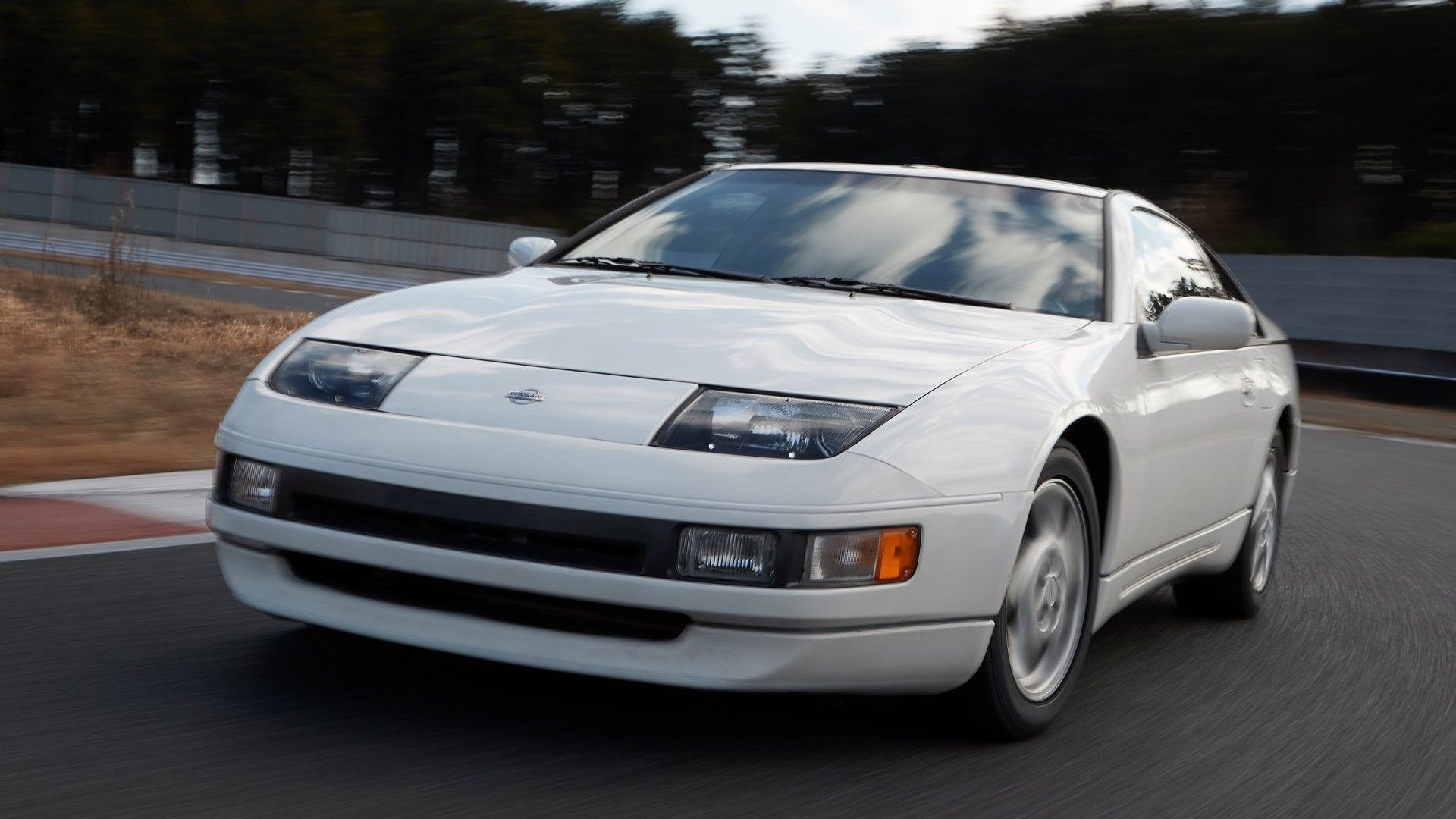There is currently a massive trade war between the United States and a number of different countries around the world. This has had a massive effect on a number of different areas of the automotive world, and now it threatens to make importing enthusiast sports cars from Japan even harder.
Cars specifically designed for the Japanese market, or JDM cars, have long been sought after by those in the United States. Their exclusivity has only made them even more attractive. The presidential administration in the United States, however, may make importing them more difficult and a lot more expensive.
We break down how tariffs imposed by the United States have affected the automotive industry and how they could further damage niche enthusiast markets. We outline which models made for the Japanese market will be most affected and how enthusiasts should plan for the increase in cost.
In order to give you the most up-to-date and accurate information possible, the data used to compile this article was sourced from various automaker websites and other authoritative sources, including TopSpeed.

Related
These Are the High-Tech Chinese EVs the U.S. Is Missing Out On
China is producing some truly impressive EVs that, for now, won’t be making their way to the U.S. market.
Upcoming Tariffs Could Make Importing Japanese Cars Thousands of Dollars More Expensive
front 3/4 action shot of a 1989 Nissan 300ZX Twin-Turbo
Tariffs have become a pretty large topic of conversation as the United States continues to impose trade tariffs on a number of different countries. We’ve heard a lot about how this is going to affect the automotive world, with a number of different automakers voicing their concerns. However, one slightly more niche area that could be affected pretty heavily is the importing of JDM vehicles.
What Tariffs Are on the Horizon
The current administration in the United States has been implementing trade tariffs on a number of different countries, attempting to take an ‘America First’ stance. Unfortunately, this has had a massive effect on the price of goods, from simple grocery items to large-scale machinery. The automotive industry has not been left unaffected and automakers around the world have been warning consumers that prices could skyrocket.
Initially, the tariffs mainly targeted Mexico and Canada. This already felt like it would put a heavy burden on automakers as a number of cars on the road in the United States were manufactured in these countries. This had already hit companies from Japan pretty hard, as they were making use of factories in Mexico. Most recently, however, the administration has promised that it would announce further “reciprocal tariffs” on April 2nd, which could increase the cost of cars from Japan by as much as 25 percent.
Implemented Tariffs
- 25% Tariff on Imported Trucks
- Section 301 Tariffs on Chinese Goods (Including Auto Parts)
- 2.5% Tariff on Imported Passenger Cars
- Steel and Aluminum Tariffs
Potential Tariffs
- Proposed Tariffs on Chinese EVs
- Higher Tariffs on JDM Imports
- Higher Tariffs on Mexican and Canadian Auto Parts
How Does This Affect JDM Imports?
Currently, the United States already imposes tariffs on the import of cars designed specifically for the Japanese market. Passenger cars already face a 2.5 percent markup with trucks being hit with a 25 percent surcharge. The current U.S. administration, however, has claimed that a 25 percent tariff on all imported cars could come in to effect on the 2nd of April.
Importing a car from Japan is already a strenuous task, with a number of different regulations limiting the models that can be imported and registered. A vehicle needs to be 25 years old before it can be considered viable for import. On top of this, you obviously need to pay all the fees associated with shipping a vehicle from Japan to the United States. An additional 25 percent charge on top of what you already have to pay is a pretty big blow to enthusiasts.

Related
Hold On Tight—the Fastest Mustang in History Has Entered Production
Ford CEO Jim Farley confirmed that 10 cars have already been produced at the Multimatic factory.
There Are a Number Of JDM Cars About to Be Eligible For Import
Japan has produced some of the most iconic sports cars the world has ever seen, with the nation peaking back in the 90s and the early 2000s. The impact that some of these classic Japanese cars have had on the automotive world can not be understated, and it makes a lot of sense that enthusiasts are desperate to get their hands on some of these works of art. It isn’t as straightforward as you’d think, though.
It Isn’t Easy to Import JDM Cars
Even before we consider the effects that the planned tariffs will have, it is pretty difficult to import cars designed for the JDM market. Because the United States has such different regulations for vehicles compared to Japan, it isn’t as straightforward as popping a car on a boat and registering it when it gets to the U.S. The most prominent rule that affects these imports is the 25-year rule. A car designed exclusively for the Japanese market can only be considered eligible for import after it has become 25 years old.
On top of this, there are also state-specific laws that make it harder to import JDM cars. For example, California requires cars to meet CARB compliance, which has to do with emissions. In some cases, you can get around some import regulations if you go through the Show or Display Rule, allowing cars to be exempt from rules if their main purpose is to be displayed. In this case, however, the imported cars can not do more than 2,500 miles per year.
Some Icons Are About to Be Eligible
One such icon is the Nissan R34 Skyline GT-R. This is considered to be one of the coolest cars that Japan has ever produced. Many dealers in Japan have already been gearing up to import these cars the moment they become eligible for import, with warehouses full of earmarked models. The proposed tariffs could have a massive effect, making these cars 25 percent more expensive to the patient enthusiasts who have been waiting.
There are also a couple of other cars that will become eligible in the short term that will be affected. The Honda NSX-R is set to become eligible later this year alongside some other impressive models like the G50 V12 Toyota Century. In 2027, cars like the iconic Mazda RX-7 Spirit R Type C, the Mitsubishi Lancer Evolution VII GTA, and the DC5 Honda Integra Type R will also become eligible. An additional 25 percent cost to these vehicles will have a massive impact on collector culture in the United States.

Related
Gazoo Racing to Influence Every Upcoming Toyota Engine Design
Yes, that means even the standard Corolla, Camry, and RAV4 will be equipped with motorsports-inspired engines.
The United States Is Trying to Incentivize Automakers to Open Shop Locally
A shot BMW Group’s virtual factory utilizing NVIDIA Cosmos
Some may look at these proposed tariffs and not quite understand the point. The goal that has been set by the U.S. administration is to push automakers to manufacture cars in the United States. In recent times, many manufacturing plants in the United States have closed due to the fact that making cars in other countries is simply a cheaper option.
The Direct and Indirect Effects of Tariffs
Tariffs were initially targeted and the country that was most affected was China. Auto parts, EV batteries, and other components were specifically earmarked to be hit by the increased costs. This, however, has also caused some disruption in the supply chain, which spilled over into other areas of the automotive world. As the trade war has gone on, though, there has been a knock-on effect.
The United States has also placed tariffs on things like steel and aluminum. If you didn’t already know, these are vital in the manufacturing of vehicles. This has affected a number of different automakers around the world. Unfortunately, the U.S. administration has also been unclear about the exact areas that will be targeted by upcoming tariffs, meaning the situation has been a bit volatile right now.
The U.S. Is Already Reconsidering Some Tariffs
Initially, the planned tariffs were pretty sweeping, which is why there was so much alarm in just about every sector of the automotive world, including niche areas like JDM collectors. However, there have been reports that the U.S. administration plans to narrow these tariffs, targeting specific areas of the industry. There will be a more focused effort on reciprocal tariffs, where countries who have placed trade tariffs on the United States will be most heavily affected.
Luckily, Japan currently does not have any trade tariffs against the United States. However, there have been no official statements made about what markets will be targeted in specific, meaning that JDM collectors shouldn’t breathe a sigh of relief just yet.
How Enthusiasts Should Prepare
The JDM market had looked pretty attractive before the announced tariffs, with the dollar being fairly strong against the yen and a supply glut due to Japan stopping exports to Russia, meaning prices are down. Unfortunately, with things being so up in the air and the U.S. administration making so many changes to their plans, the only thing you can do is monitor the news.
If you were saving up to bring your dream JDM car over from Japan, though, we’d either suggest pulling the trigger sooner rather than later or planning to spend a little more than you initially hoped you would






